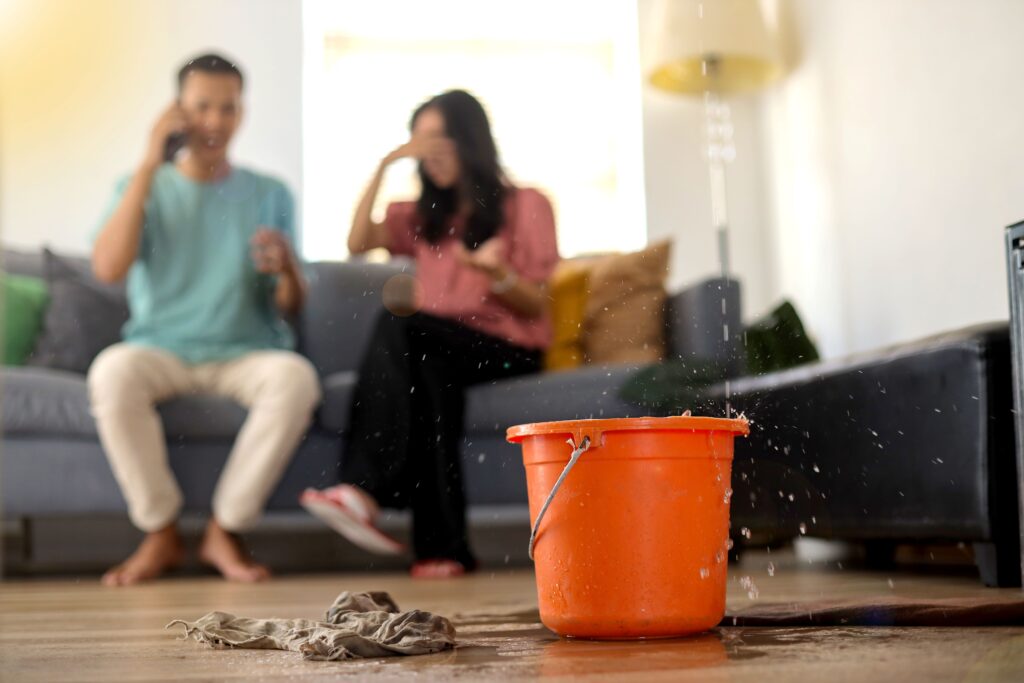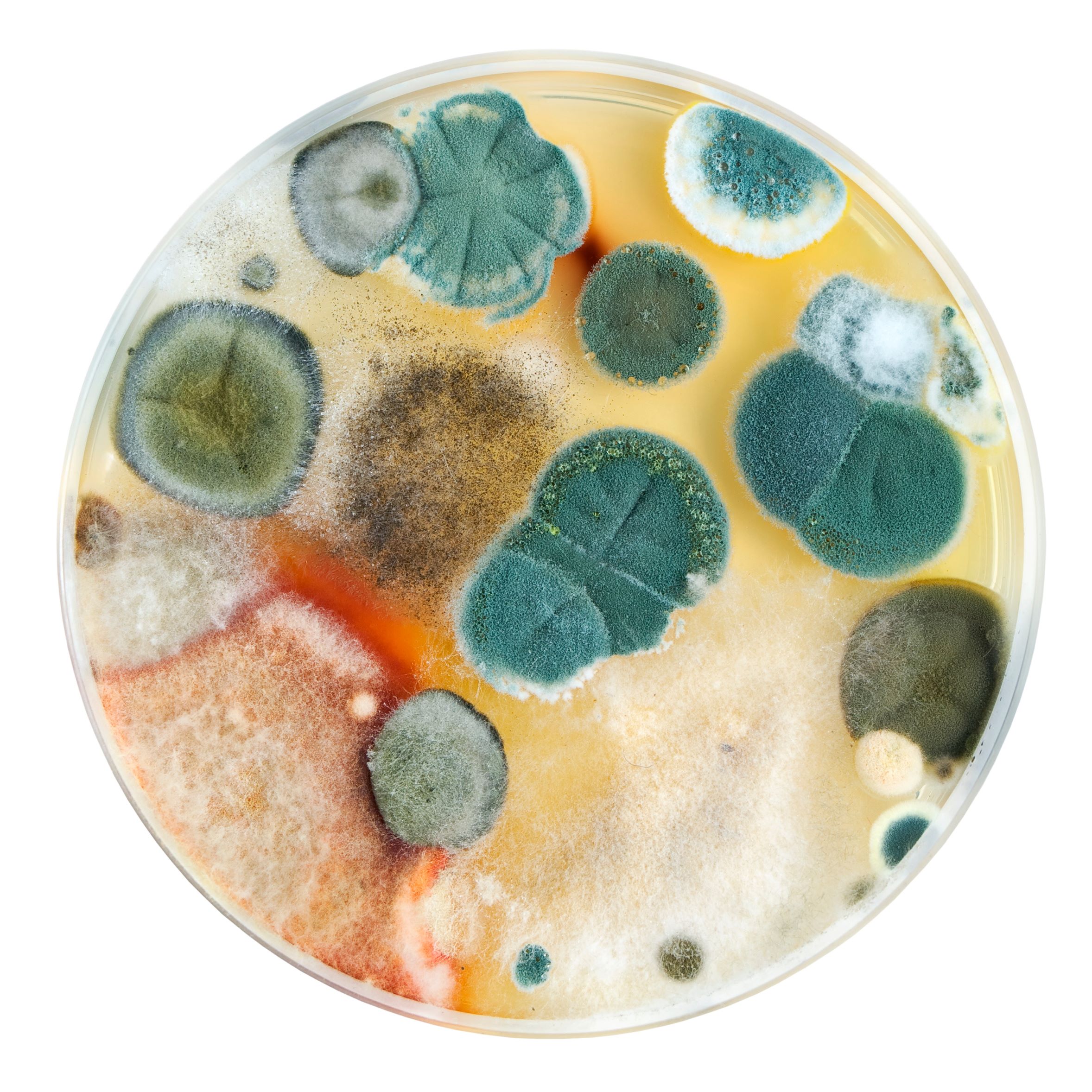Why DIY Mold Test Kits Are Not Accurate
Mold growth in homes poses significant health risks, including respiratory issues, allergies, and other serious conditions. Detecting and addressing mold promptly is crucial to maintaining a healthy living environment. While do-it-yourself (DIY) mold test kits are readily available and may seem like a cost-effective solution, they often fall short in accuracy and reliability. This article explores the limitations of DIY mold test kits and underscores the importance of professional mold assessments.
1. Lack of Expiration Dates
DIY mold test kits often lack clear expiration dates, leading to potential contamination of the testing medium over time. Exposure to various environmental factors can compromise the sterility of the agar used in these kits, resulting in inaccurate readings. Consumers are typically unable to determine the duration these kits have been stored or the conditions they’ve been exposed to, making it challenging to trust the results.
2. Demonstrated Laboratory Inaccuracies
Numerous instances demonstrate that DIY mold test kits have reported high mold counts when actual levels were low, and vice versa. These inconsistencies highlight the unreliability of such kits in providing accurate assessments of mold presence and concentration.
3. Uncontrolled Shipping and Handling
DIY kits require mailing samples to laboratories for analysis. During transit, samples can be exposed to extreme temperatures, humidity, and improper handling, all of which can compromise the integrity of the sample and lead to false positives or negatives.
4. Inability to Measure Airborne Mold Spores Accurately

Professional mold assessments measure mold spores per cubic meter using controlled airflow through mechanical pumps. DIY kits, lacking this capability, cannot provide accurate measurements of airborne mold spores, leading to potentially misleading results.
5. Absence of Control Samples
Control samples are essential to validate the elevation of mold spores and provide a meaningful reference point. Many DIY kits do not include materials for taking control samples from other rooms or outdoor environments, making it difficult to contextualize the results.
6. Misleading Marketing Claims
Consumers may believe that DIY kits can identify and quantify specific types of mold. However, to obtain such detailed information, samples often need to be sent to a lab for additional analysis at extra cost. Given the previously mentioned issues with shipping and handling, this process may not yield reliable information.
7. Lack of Accredited Laboratory Certification
The laboratories associated with DIY kits are rarely certified by recognized agencies such as the AIHA-LAP LLC. Additionally, there is often no proper chain of custody documentation, which is crucial for ensuring the integrity and traceability of the samples.
8. Failure to Detect Non-Viable Mold Spores
DIY kits typically focus on growing mold cultures, which means they cannot detect non-viable mold spores. Non-viable spores, such as those from Stachybotrys and Chaetomium, are common in water-damaged environments and are particularly sticky. These spores are best identified through non-viable analysis rather than cultured analysis, as their physical characteristics make them unlikely to grow in standard test mediums. Missing such critical spores can lead to an incomplete assessment of potential health hazards.
9. Inability to Assess Hidden Mold
DIY mold test kits only sample visible mold or airborne spores in open areas. They cannot detect mold growing behind walls, under carpets, or in HVAC systems, which are common hiding spots for mold in homes.
10. Lack of Expert Interpretation
Interpreting mold test results requires expertise. DIY kits provide raw data without context, leaving homeowners to make sense of complex results. Misinterpretation can lead to unnecessary panic or, worse, ignoring a significant mold issue.
A Better Alternative: IndoorDoctor On-Demand Testing
Instead of relying on inaccurate DIY mold test kits, consider IndoorDoctor On-Demand Testing. This innovative service allows you to use the same professional-grade sampling equipment we use during on-site assessments, but at your convenience. With IndoorDoctor On-Demand Testing, our expert team is on call, providing telehealth-style guidance tailored to your home’s needs. This ensures accurate and actionable results without the guesswork of DIY kits.
Learn more about IndoorDoctor On-Demand Testing and how it can help protect your home and family: IndoorDoctor On-Demand Testing.
Conclusion – Why DIY Mold Test Kits Are Not Accurate
While DIY mold test kits may appear to be a quick and inexpensive solution, their numerous limitations make them unreliable for accurate mold detection. For comprehensive and trustworthy results, professional mold assessments are essential. Professionals use advanced tools and techniques, including non-viable analysis, to detect even the most elusive mold types, such as Stachybotrys and Chaetomium. By choosing professional services like IndoorDoctor On-Demand Testing, you can ensure the health and safety of your home and family.
End Notes – DIY Mold Test Kits Are Not Accurate
- Mold spores, particularly non-viable ones like Stachybotrys and Chaetomium, are best identified through non-viable analysis methods due to their physical properties and inability to grow in standard culture mediums. Source: American Industrial Hygiene Association (AIHA) guidelines for mold testing.
- Accredited laboratories (e.g., AIHA-LAP LLC) provide quality assurance and maintain a proper chain of custody, which are critical for accurate mold testing. Source: AIHA-LAP Laboratory Accreditation Programs documentation.
- Proper mold assessment includes measuring airborne spores per cubic meter using professional equipment, which DIY kits cannot replicate. Source: Environmental Protection Agency (EPA) Mold Testing Guidelines.
- Control samples are necessary to validate mold levels and offer a reference point; DIY kits often overlook this step, leading to misleading results. Source: National Institute for Occupational Safety and Health (NIOSH) Mold Sampling Protocols.




